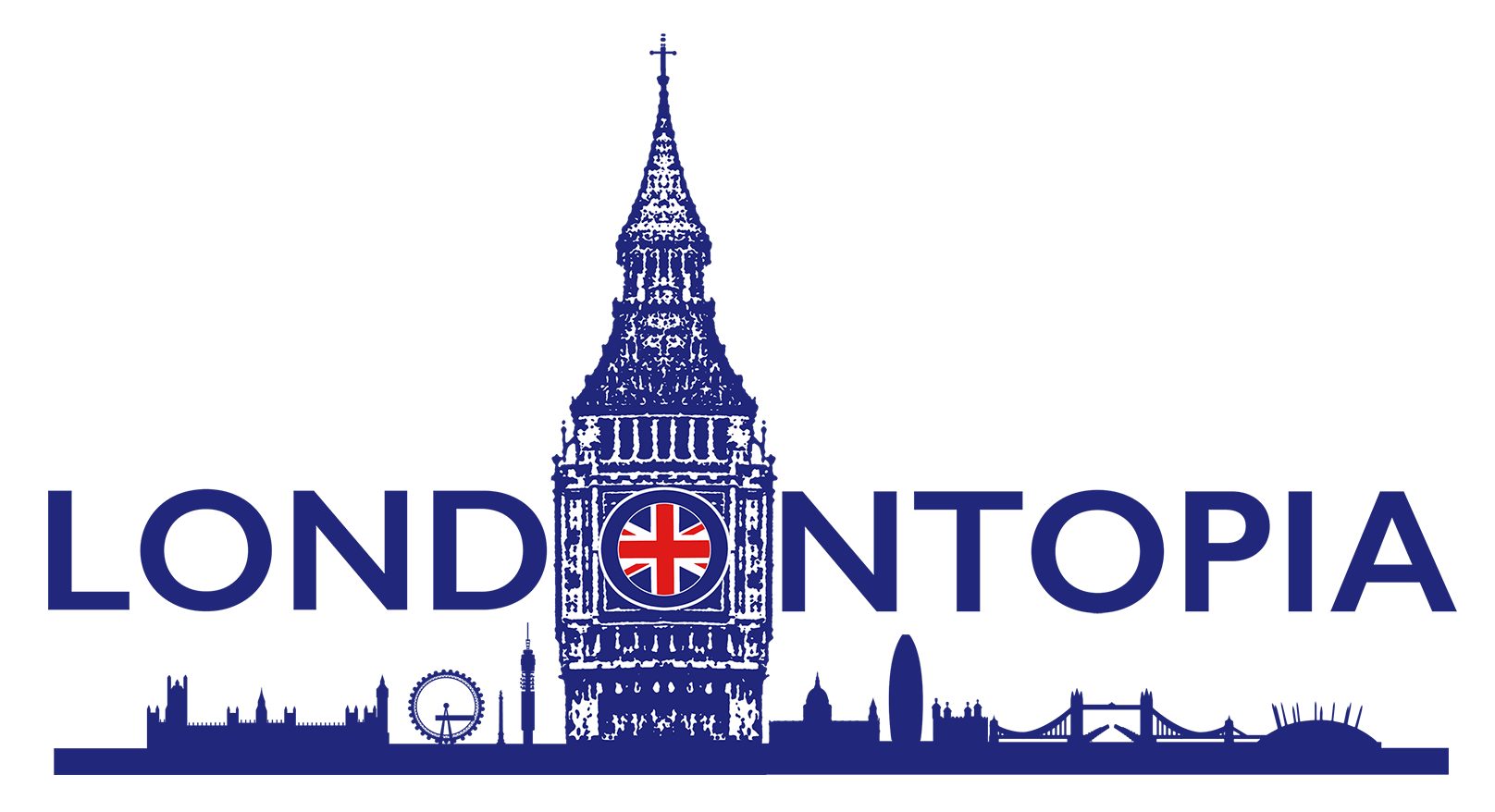Standing as sentinels on London’s streets for over a century, the distinctive blue police box represents one of the capital’s most ingenious solutions to urban law enforcement challenges. These iconic structures, though largely vanished from daily life, remain deeply embedded in British popular culture through their association with Doctor Who, while their original purpose reflects a fascinating chapter in the evolution of metropolitan policing and public safety.
Origins of Urban Innovation
The police box emerged from the practical needs of early 20th-century policing in rapidly expanding urban areas. As London grew and police beats became larger, the Metropolitan Police faced the challenge of maintaining communication with officers patrolling increasingly distant territories. The solution came in 1929 with the introduction of the first police boxes—small, strategically placed structures that served as communication hubs, temporary detention facilities, and shelter for officers on duty.
The concept wasn’t entirely new—similar structures had appeared in other cities, notably Chicago and Detroit. However, London’s implementation became the most extensive and systematic, with the Metropolitan Police eventually installing over 750 boxes across the capital. The design brief was ambitious: create a structure that could house essential police equipment, provide secure temporary holding facilities, and maintain reliable communication with police headquarters.
The earliest police boxes were often painted green or red, but by the 1930s, the distinctive “Police Box Blue” had become standard. This deep blue color, chosen for maximum visibility and official recognition, became so closely associated with police authority that it influenced the color schemes of other emergency services and government facilities throughout Britain.
Design and Functionality
The classic police box design, refined throughout the 1930s, represented a masterpiece of compact functional architecture. Standing approximately eight feet tall and four feet square, each box maximized utility within minimal space. The exterior featured large windows on all four sides, allowing officers inside to maintain visual contact with their surroundings while providing natural light for paperwork and equipment maintenance.
Inside, the police box contained essential equipment for effective street policing. A telephone connected directly to the nearest police station enabled officers to report incidents, request assistance, or receive new assignments without leaving their beat. First aid supplies, report forms, and basic refreshments allowed officers to handle minor incidents and maintain themselves during long shifts. Perhaps most importantly, the box included a small holding cell where suspects could be temporarily detained while awaiting transport to a police station.
The public could also access police services through an external telephone on the box’s exterior, marked by an illuminated blue lamp that became synonymous with police presence. This lamp, visible from considerable distances, served as a beacon for citizens seeking police assistance and a deterrent to potential criminals who could see that police presence was nearby.
Metropolitan Coverage and Impact
At their peak in the 1950s and 1960s, police boxes formed an extensive network across London, positioned at intervals that ensured no area was more than a few minutes’ walk from police assistance. Major thoroughfares, busy intersections, market areas, and transport hubs all featured these blue landmarks. The boxes became so numerous and recognizable that they appeared on maps and in street directories as official landmarks.
The system’s effectiveness lay in its integration with traditional beat policing. Officers could patrol larger areas while maintaining regular contact with headquarters, respond more quickly to incidents, and provide immediate assistance to the public. The visible police presence that the boxes represented contributed to community confidence and crime prevention, embodying the British policing principle of prevention through presence.
Different areas of London developed variations suited to local needs. Some boxes near major stations were larger and more elaborately equipped, while those in residential areas remained compact and functional. The standardized design meant that officers could operate efficiently from any box in the network, while maintenance and equipment replacement remained cost-effective.
Cultural Transformation
The police box’s transformation from practical police equipment to global cultural icon began in 1963 with the premiere of Doctor Who. The BBC science fiction series chose the police box as the exterior form of the TARDIS—the Doctor’s time and space machine—partly because these structures were so familiar to British audiences that they would immediately recognize it as quintessentially British.
This fictional association proved remarkably durable and influential. As real police boxes disappeared from London streets during the 1970s and 1980s—replaced by radio communication and mobile units—the police box’s cultural presence actually increased through Doctor Who’s global popularity. For international audiences, the blue police box became as representative of Britain as red buses or royal guards.
The irony was remarkable: as the police box vanished from its original function, it gained immortality through popular culture. Generations of viewers worldwide who had never seen a real police box in operation knew exactly what one looked like and understood its significance as a symbol of British authority and ingenuity.
Decline and Disappearance
The police box’s decline began in the 1960s as radio communication technology improved and police practices evolved. Personal radios eliminated the need for fixed communication points, while changes in policing strategy emphasized mobile patrols over static beats. The boxes became expensive to maintain and increasingly redundant as technology advanced.
Most police boxes were removed during the 1970s and 1980s, with many sold to private collectors or repurposed as unusual garden sheds, information kiosks, or novelty shops. The sites they once occupied were often marked only by the distinctive blue lamp posts that had topped each box, many of which survived their parent structures by decades.
The last working police box in central London ceased operations in the early 1980s, though a few examples were preserved for historical interest. Some found new life as tourist information points or coffee kiosks, their distinctive appearance making them attractive for commercial repurposing.
Legacy and Remembrance
Today, the police box exists primarily in memory and popular culture, though its influence on British design and urban planning remains significant. The concept of distributed public service points influenced everything from emergency call boxes to modern CCTV monitoring stations. The distinctive blue color remains associated with police services throughout Britain.
Several preserved police boxes can still be found in London, maintained as historical artifacts or novelty attractions. The most famous stands outside Earl’s Court Underground station—officially the last surviving police box in central London and a pilgrimage site for Doctor Who fans from around the world.
Museums and police heritage centers display police boxes as examples of innovative public service design, while the Metropolitan Police’s own museum maintains extensive collections documenting their development and use. These preservation efforts ensure that future generations can understand how British policing adapted to urban challenges through practical innovation.
Enduring Symbol
The police box represents a uniquely British approach to public service—practical, visible, and designed to serve both authority and community needs. Though technology has made them obsolete, their cultural legacy demonstrates how effective design can transcend its original purpose to become part of national identity.
For Londoners and visitors alike, the police box remains a symbol of a time when policing was more personal and community-focused, when help was always just a short walk away, marked by a reassuring blue light in the urban landscape.
A Little Bit of London In Your Inbox Weekly. Sign-up for our free weekly London newsletter. Sent every Friday with the latest news from London!




